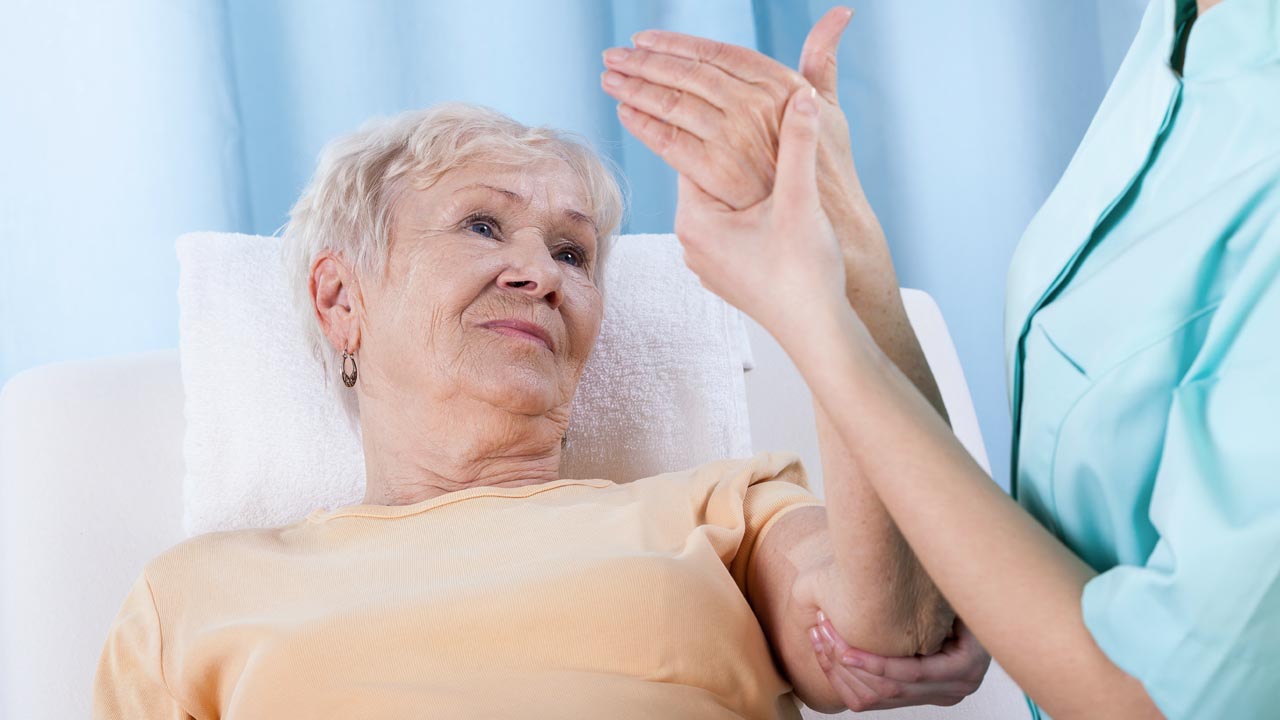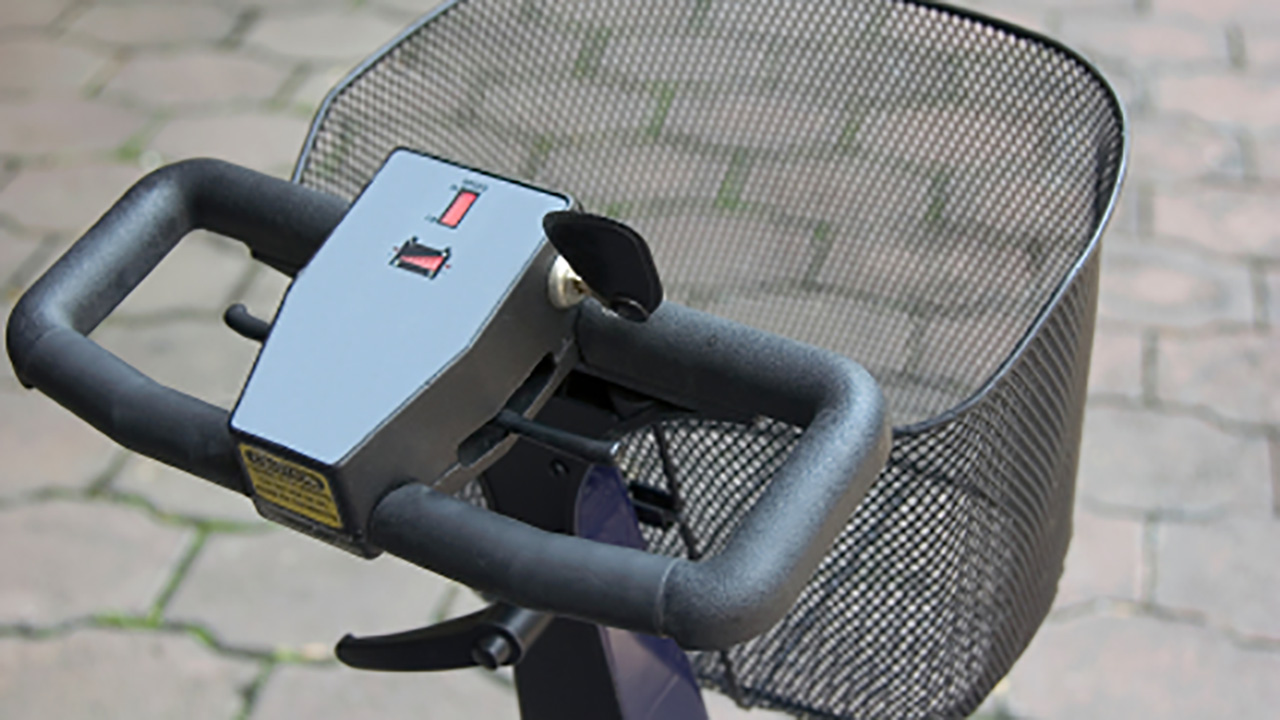Elderly foot and ankle
The foot is a remarkable piece of human engineering. It has the multiple functions of adapting to the various surfaces we walk on, absorbing shock and acting as a lever to allow for normal gait
Throughout our lives, we walk many thousands of miles and as we age, the capacity of the foot to carry out its function reduces with the inevitable wear and tear within the joints and a variety of systemic diseases that can affect the foot.
The foot in old age
Some level of deformity of the foot is inevitable. A lifetime of wearing the wrong shoes and many miles of walking will all take their effect
The skin becomes less elastic, wear and tear of the joints, reduced blood supply all take their toll
General Foot Care
Simple nail care and foot hygiene becomes more difficult for the elderly
Trimming toe nails, keeping feet clean may be hard because of inability to reach the foot, thickened nails become hard to cut and calluses develop which are painful
Often toes retract and joints sublux leading to painful bony prominences.
Routine foot care might need to be done professionally
Finding a Podiatrist
State Registered Podiatrists/Chiropodists provide this service both privately and within the NHS
Unfortunately, most NHS Podiatry departments will only treat elderly people who have a clinical need ie Diabetes or Rheumatoid Arthritis. GPs will need to refer into the NHS and the person’s needs will be assessed and a decision taken about their eligibility for NHS treatment
Some podiatrists carry out domiciliary visits when needed
In the private sector Podiatrists can be found through the Society web site
Keeping Mobile
Moving around regularly is vital to maintaining foot health. Sitting with your feet down can cause swelling of the foot and ankle making wearing shoes difficult
If this happens, people can get into a cycle of pain and swelling and then be unable to go out, because they can’t find comfortable shoes. This can have disastrous consequences
Even if your parent does not go out, it is important to wear a proper shoe for part of the day and to move around for at least 20 minutes in the hour
Encourage them to sit with their legs elevated whenever possible
Ideally lace-up soft-soled shoes
They should be wide fitting. Most women are used to wearing shoes with a heel and wearing up to a 1 inch heel is fine
Wearing completely flat shoes can cause calf pain and is not necessary
There are many wide shoes available, look at Clarks, or Ecco shoes
There are a range of especially wide shoes available to try as mail order and if needed there are Orthopaedic shoe shops, but these are expensive
Insoles
These are designed to cushion and support the foot. They are commercially available on-line or in large chemists
Consider Orthoheel or Orthasole insoles as these are generally well tolerated
If something custom made is required this can be done via an NHS Orthotic clinic or Podiatry department
Many private practitioners will also make custom Orthoses
Systemic Conditions
There are a many systemic diseases that have a major impact on the foot and I will mention a few of them along with some general advice
This condition is becoming an epidemic
It impacts on virtually every system in the body but the foot is particularly at risk
Most people with diabetes will develop one or more of its foot related complications
The end result is a foot that has a reduced blood supply and becomes numb
Tissues lose their elasticity and unfortunately a combination of these factors can lead to foot ulcers and amputation
There are a number of simple things that all diabetics should do
These include:
- Daily examination of the feet, the warning signs of pain may be lost and it is important to look for scratches or cuts in the skin.
- Checking the temperature of the bath water with your hand, not your foot
- Feeling inside the shoe for debris before putting your shoes on
- Applying a moisturiser regularly
- Never sitting close to an open fire or radiator
All diabetics are eligible for NHS Podiatry treatment and this can be arranged via your parents GP
Blood flow and status of the nerves should be regularly checked at the diabetic or podiatry clinic.
If a wound develops treat it seriously and have it monitored and managed professionally
Careful choice of shoes and insoles is essential
Arthritis
Rheumatoid Arthritis is a systemic disease that leads to inflamed and painful joints that become deformed
Often patients complain of feeling like thay are walking on marbles and the skin can thin and blood supply to the foot is reduced
As with diabetes, meticulous foot care is essential and the choice of comfortable shoes and insoles is essential
Osteoarthritis tends to occur in the big toe joint, mid foot and ankle joint
For some people the pain from osteoarthritis can be controlled with analgesics, for others more invasive procedures may be required
Treatments
Inflamed and painful joints will often respond to steroid injections
Trapped nerves in the foot various soft tissue lesions are amenable to injection and can in some cases give long term relief
Foot Surgery
Over the past 15 years there have been great advances in foot surgery
Many procedures can be done under local anaesthetic and new fixation techniques allow for the surgical patient to mobilise quickly reducing post operative risks
There are a wide variety of surgical procedures to straighten toes, realign prominent bones and replace osteoarthritic joints and as technology is improving this can be carried out via minimally invasive techniques
Day case surgery is generally safe and effective and can often provide a permanent solution and restore mobility
The notion that someone “is too old to have an operation” needs to be challenged
We sell Cosyfeet footwear in our shop. Take a look HERE
 Steve qualified as a Podiatrist in 1982 in Manchester. He worked at St Bartholomews and Hackney Hospitals. He also lectured to local GP`s and lay groups on routine foot care and the management of the foot complications of diabetes.
Steve qualified as a Podiatrist in 1982 in Manchester. He worked at St Bartholomews and Hackney Hospitals. He also lectured to local GP`s and lay groups on routine foot care and the management of the foot complications of diabetes.
He qualified as an acupuncturist in 1985. He was subsequently appointed as acupuncturist to the Rheumatology Department at Barts Hospital treating a variety of musculo skeletal and pain syndromes well as his continued practice as a podiatrist.
In 1985 he began a Masters research degree based at The University of Westminster and Northwick Park Hospital. During this period he continued to develop his skills as a Podiatrist gaining seniority within his department.
Steve also worked within a variety of GP practices and Hospital bases and took a post at the Royal Free Hospital as Podiatrist to the Orthopaedic and Rheumatology Departments. He was also appointed as acupuncturist to the Rheumatology Department at the Royal Berkshire Hospital NHS Trust (Reading) in 1994.
Steve established a private practice in Podiatry and Acupuncture in London and Reading. He completed his surgical training in 1996 and was awarded Fellowship of the Podiatry Association. He attained a Consultant appointment in 2000.
He now focuses on foot surgery, foot biomechanics and the management of a wide variety of foot problems with a keen interest in Rheumatoid foot surgery. He holds a Consultant post within the Royal Berkshire Foundation NHS trust and has private admitting rights at hospitals in Reading and London.
He is on the advisory board of the British Journal of Podiatry. He regularly lectures to GP`s hospital consultants, physiotherapists and lay groups on the foot.
Steve Kriss MPhil FCPodS
If you would like more information on foot surgery: go to:
Surgical procedures are available both within the NHS and privately.












